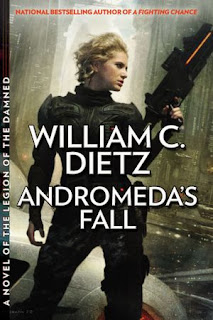 Here she shares some suggestions for casting an adaptation of her new book, Thomas Nast: The Father of Modern Political Cartoons:
Here she shares some suggestions for casting an adaptation of her new book, Thomas Nast: The Father of Modern Political Cartoons:Because this book treats Thomas Nast’s life – not just his work or an episode in his era – it requires someone whose acting exhibits the same sense of dislocation, the same observant and socially jaundiced wit, and the same tendency to mulish obstinacy in the face of opposition.Learn more about Thomas Nast at The University of North Carolina Press website.
To be honest – I think first of John Leguizamo.
Hear me out.
Leguizamo played Toulouse-Lautrec in Baz Luhrmann’s Moulin Rouge. In that role, Leguizamo appeared as a short, hot-tempered, rather bizarre artist. You begin to see why I thought of him. But add to that Leguizamo’s comedy, his interest in politics, especially the politics of immigration and culture. Add his awesome capacity for channeling anger into humor. Finally, consider his self-deprecation and love of family.
Eh voila. Thomas Nast.
Having cast the leading man, the question of tone rises to the fore. I argue that Nast’s primary professional legacy lies in his assertion of an independent role for cartoonists. Not mere employees, they should be political thinkers and actors – men whose knowledge and judgment makes them as expert as any editorialist. Nast spent his career establishing his own power as a political commentator and resisting efforts to shape his opinions or his cartoons.
Thus, the movie of his life has to appeal to an audience willing to ask questions about the role of art in politics and the role of the artist in commercial media. This is not The Avengers (though Nast would love the idea of his pencil as an avenging, heroic force). Instead, it seeks an audience like that of the film Capote. People willing to consider a quiet story about a man whose work brings him into contact with worlds very different from his own, and who must reconcile his sense of self with his attempts to please others, could easily enjoy Thomas Nast.
And for drama, after all, there are the times. A young man during the Civil War, Nast covered the Draft Riots of 1863 while worrying about the safety of his wife and baby daughter. He parlayed a successful campaign cartoon from 1864 into a minor career in illustration, then used his love of Ulysses S. Grant to insert himself into the 1868 presidential campaign. Having helped elect a president, he brought down Tammany Hall, fought to re-elect Grant, then toured the nation drawing chalk cartoons and raking in more than forty thousand dollars! And all that before he protested the end of Reconstruction, mourned Garfield, objected to Blaine, and quit his job in a huff. Perhaps his only anti-climactic moment was his tragic early death (of yellow fever in Guayaqil, Ecuador).
So John Leguizamo as Nast. A director who loves silence and ideas. An audience composed of thoughtful, observant lovers of politics and art. And a background of unprecedented change to highlight the talents and ideas of a man long underestimated.
--Marshal Zeringue



























